#NEWS: #Russia attacks Ukraine’s power grid as Moscow worries over #US #Tomahawk missiles.
Kyiv regional Gov. Mykola Kalashnyk said two employees of Ukraine’s largest private energy company DTEK were wounded in Russian strikes on a substation. Ukraine’s Energy Ministry said that infrastructure was also targeted in the regions of Donetsk, Odesa and Chernihiv.
“Russia continues its aerial terror against our cities and communities, intensifying strikes on our energy infrastructure,” Ukrainian President Volodymyr Zelenskyy wrote on X, noting that Russia had launched “more than 3,100 drones, 92 missiles, and around 1,360 glide bombs” over the past week.
Zelenskyy called for tighter secondary sanctions on buyers of Russian oil. “Sanctions, tariffs, and joint actions against the buyers of Russian oil — those who finance this war — must all remain on the table,” he wrote on X.
He also wrote Sunday he had a “very productive” phone call with U.S. President Donald Trump, in which they discussed strengthening Ukraine’s “air defense, resilience, and long-range capabilities,” along with “details related to the energy sector.” Their discussion followed an earlier conversation on Saturday, Zelenskyy said, during which the leaders agreed on Sunday’s topics.
The phone calls came after Zelenskyy said Friday that he was in discussions with U.S. officials about the possible provision of various long-range precision strike weapons, including Tomahawks and more ATACMS tactical ballistic missiles.
Trump, who has been frustrated by Russia in his efforts to end the war, said earlier this week that he has “sort of made a decision” on whether to send Tomahawks to Ukraine, without elaborating. A senior Ukrainian delegation is set to visit the U.S. this week.
Meanwhile, Kremlin spokesperson Dmitry Peskov said in remarks published Sunday that “the topic of Tomahawks is of extreme concern.”
“Now is really a very dramatic moment in terms of the fact that tensions are escalating from all sides,” he told Russian state television reporter Pavel Zarubin.
Belarusian President Alexander Lukashenko, a close ally of Russian President Vladimir Putin, also said in comments released Sunday that he doubts the U.S. will provide Ukraine with Tomahawk cruise missiles.
“I think we need to calm down in this regard. Our friend Donald … sometimes he takes a more forceful approach, and then, his tactic is to let go a little and step back. Therefore, we shouldn’t take this literally, as if it’s going to fly tomorrow,” he told Zarubin, who posted them on his Telegram channel on Sunday.
Ukraine’s energy sector has been a key battleground since Russia launched its all-out invasion more than three years ago.
The latest attacks on Ukraine’s energy grid came after Russian drone and missile strikes wounded at least 20 people in Kyiv, damaged residential buildings and caused blackouts across the country Friday, which Prime Minister Yuliia Svyrydenko described as “one of the largest concentrated strikes” against Ukraine’s energy infrastructure.
Each year, Russia has tried to cripple the Ukrainian power grid before the bitter winter season, apparently hoping to erode public morale. Winter temperatures run from late October through March, with January and February the coldest months.
Ukraine’s air force said Saturday that its air defenses intercepted or jammed 103 of 118 Russian drones launched against Ukraine overnight, while Russia’s Defense Ministry said it had shot down 32 Ukrainian drones over Russian territory.
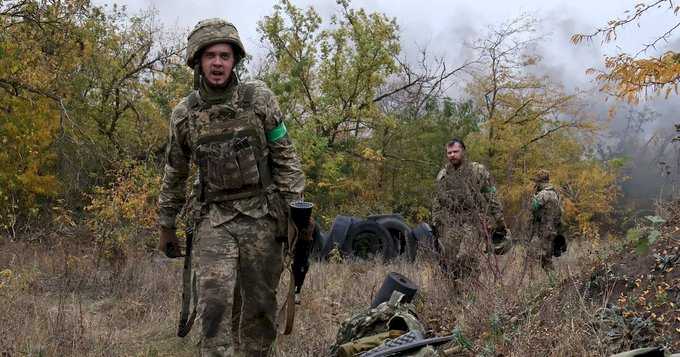

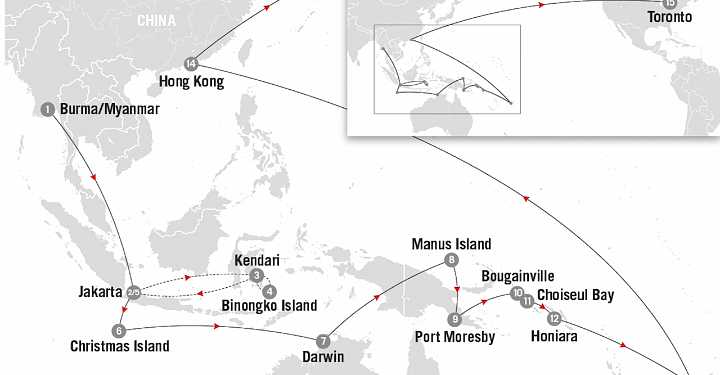



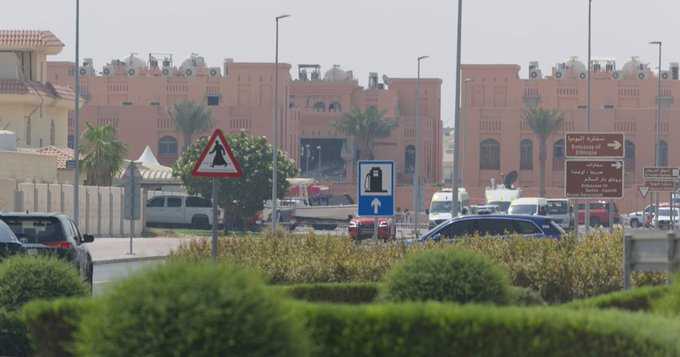
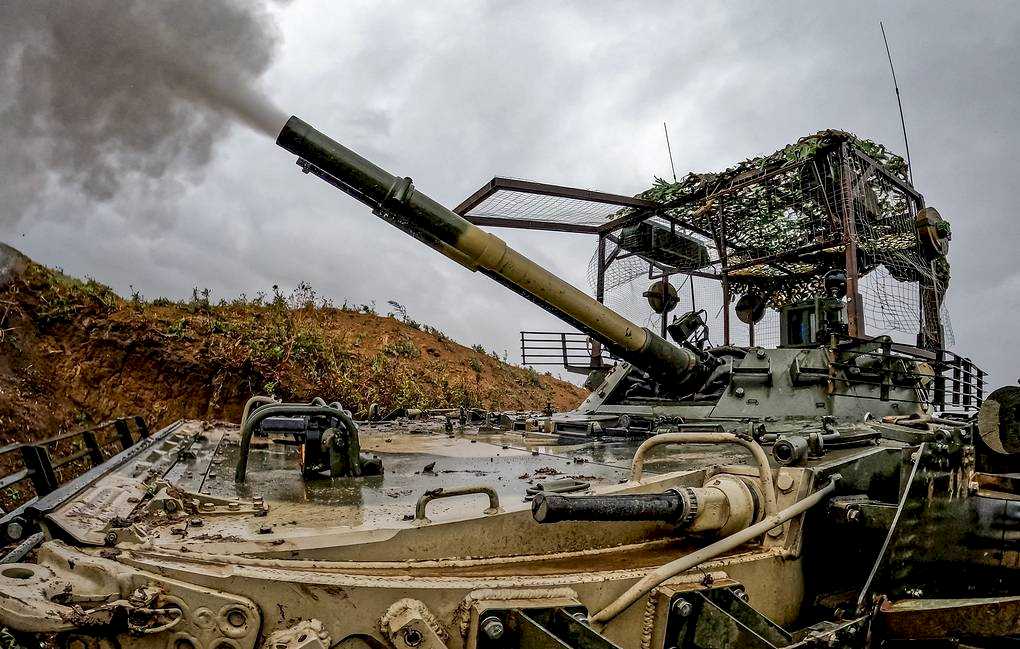

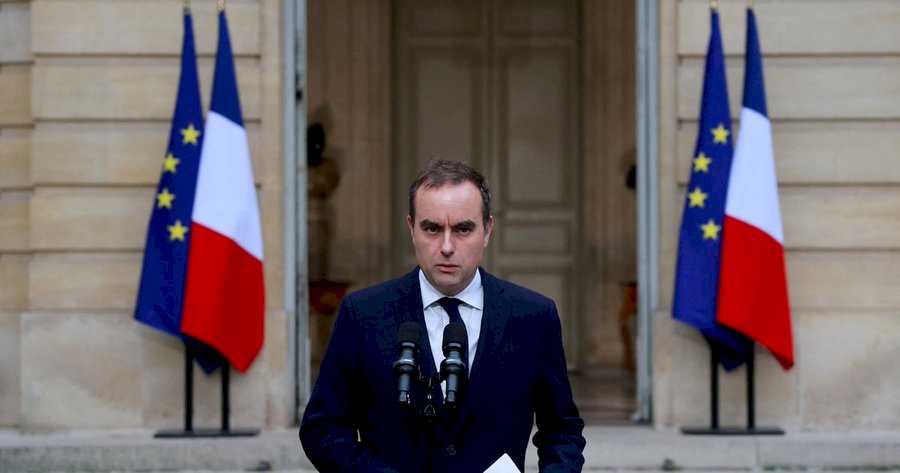
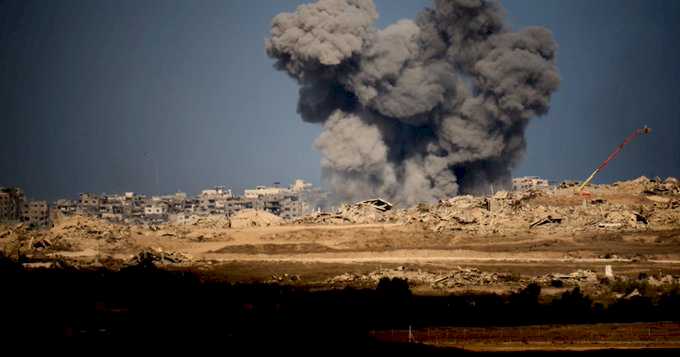
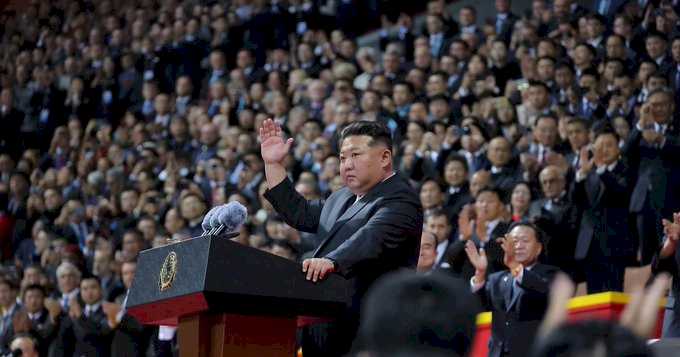
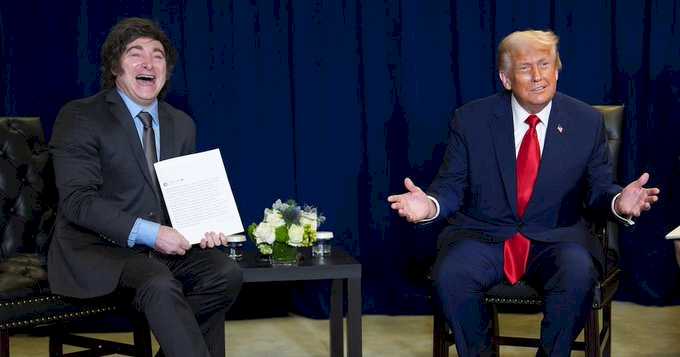

World News on Umojja.com